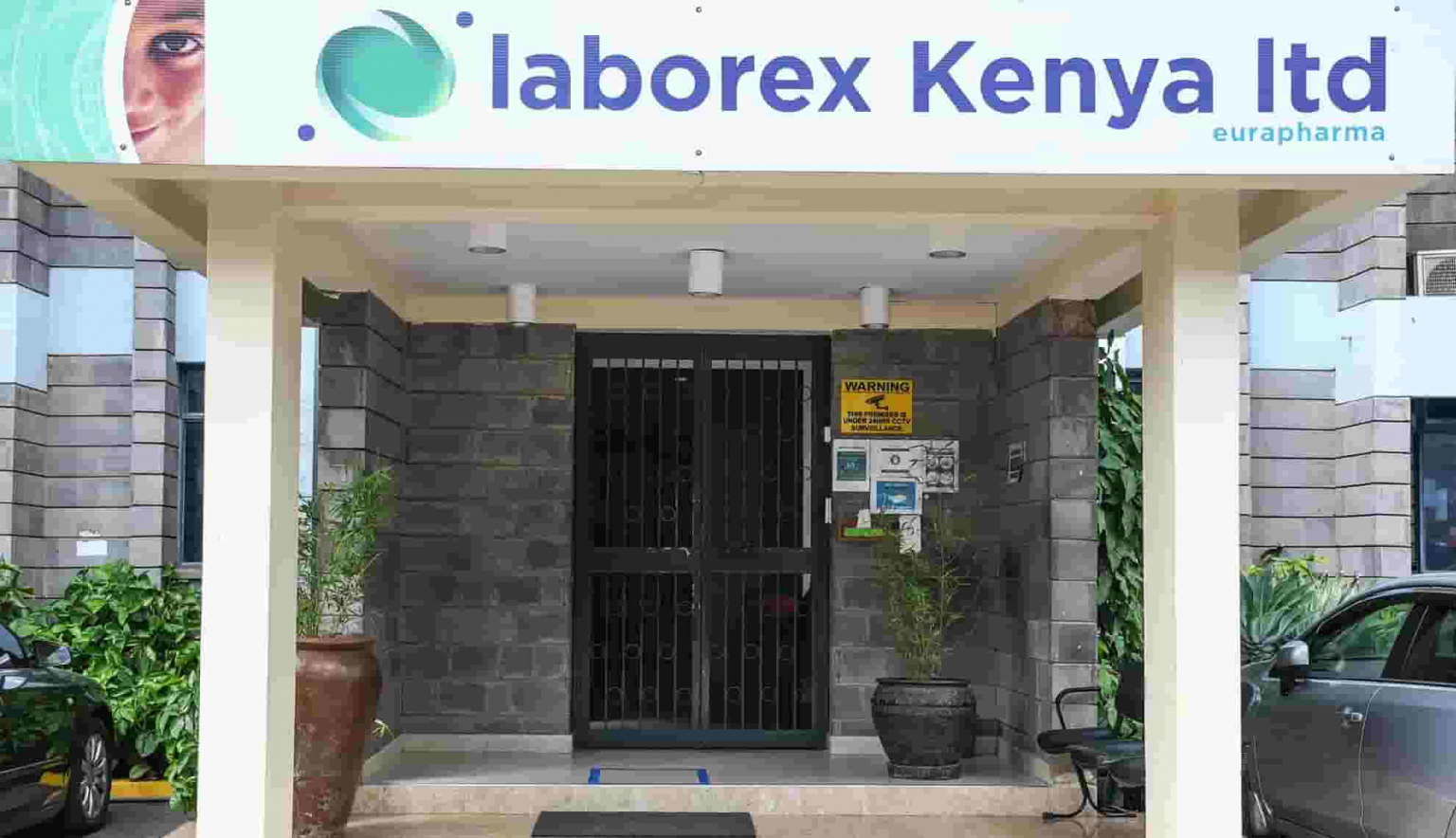- Leading East African banking group with retail, corporate, treasury, mortgages and agency banking.
- Migrated IT infrastructure to iColo tier‑III facility to improve uptime and cut costs.
Resilient infrastructure built for modern African banking
KCB Group PLC, the largest banking group in Kenya and one of the most influential in East Africa, has always pursued a steady and pragmatic approach to growth and transformation. In late 2023, the bank completed the migration of its core IT infrastructure to iColo’s Tier III data centre in Nairobi. This wasn’t a flashy digital leap—but a calculated decision grounded in operational discipline. Instead of pushing all systems into the public cloud, KCB chose a hybrid model that prioritizes uptime and compliance. Core services like transaction processing, online banking, FX settlement, and ATM switching are now housed in a controlled, resilient environment—locally hosted but cloud-compatible.
The shift addressed mounting concerns over power consumption, aging hardware, and physical infrastructure costs. Since moving, system uptime has improved significantly, now operating at 99.97% availability. This also simplifies disaster recovery planning and gives KCB greater agility for future cloud transitions. With migration frameworks now in place, parts of its mobile and treasury infrastructure are already preparing to scale onto AWS and Azure. This isn’t transformation for its own sake—it’s architecture built for responsibility, not headlines.
Also Read: EFT Corporation: Pioneering payment solutions in Africa
Also Read: Ericsson’s partnership to revolutionise Africa’s mobile connectivity
A regional institution with national roots and patient ambition
Despite its regional footprint, KCB remains firmly rooted in Kenya. Through KCB Bank Kenya Ltd, it runs over 207 branches, 399 ATMs, and a network of more than 12,700 agents, serving close to ten million customers nationwide. Its presence extends into Uganda, Tanzania, Rwanda, Burundi, and South Sudan, with the acquisition of BPR Bank Rwanda forming the backbone of its position as Rwanda’s second-largest lender. This regional strategy is cautious but deliberate—focusing on integration rather than sprawl.
Since Paul Russo became Group CEO in 2022, KCB’s posture has shifted: less about geographical expansion, more about systems alignment and internal coherence. In 2023, the appointment of Annastacia Kimtai as CEO of KCB Bank Kenya—marking the first Kenyan woman in that role—signaled a move towards grounded, localized leadership. It wasn’t framed as symbolic. It just made sense. Like its data centre migration, the decision reflected a deeper ethos: KCB does not need to shout about innovation. It builds quietly, with discipline, for the long term.

